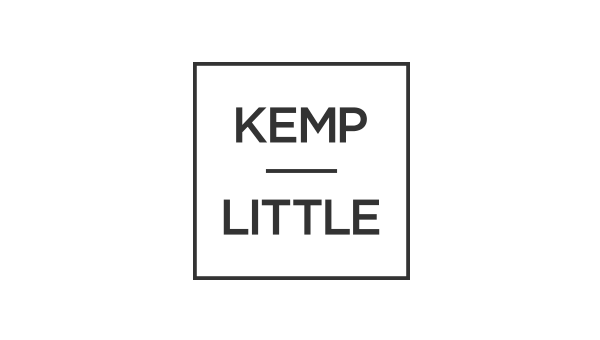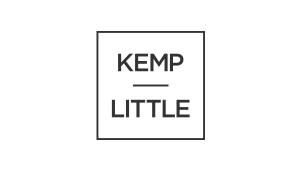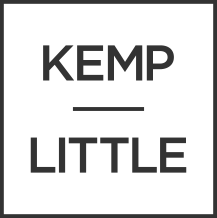Coronavirus Job Retention Scheme – Updated Guidance 23 and 30 April 2020
The government has released updated Coronavirus Job Retention Scheme guidance both on 23 and 30 April 2020. We set out the key updates below:
1- The discrepancy between the HMRC guidance and the Treasury Direction remains. To recap, paragraph 6.7 of the Treasury Direction requires employees to agree to cease all work in writing, whereas the HMRC guidance states that written agreement from the employee is not The Direction has the status of law but HMRC has indicated that the guidance is its interpretation of the Direction.
While this conflict remains between the guidance and the Direction, employers should exercise caution and ensure that they have a written record of any furlough arrangements and retain it for five years in case of future audit by HMRC.
2- The updated guidance contains further information regarding how employers should calculate 80% of wages.
3- A collective agreement reached between an employer and a trade union is acceptable evidence that a furloughed employee agreed to be furloughed.
4- Employers now have a table to use in order to help them identify who is eligible under the Scheme:
| Was the employee employed with you as of this date? | Date RTI submission notifying payment was made to HMRC | Eligible for CJRS |
| 28 Feb 2020 | On or before 28 February 2020 | Yes |
| 28 Feb 2020 | On or before 19 March 2020 | Yes |
| 28 Feb 2020 | On or after 20 March 2020 | No |
| 19 March 2020 | On or before 19 March 2020 | Yes |
| 19 March 2020 | On or after 20 March 2020 | No |
| On or after 20 March 2020 | On or after March 2020 | No |
5- Employees on fixed term contracts may be re-hired.
6- Further information has been released in respect of the process for making a claim. Employers must decide on the length of the claim period, based on the frequency of their payroll. Therefore, the length of claim period will vary for different employers.
7- No more than one claim can be made during a claim period. Therefore, employers will need to ensure that they include all of the employees they want to furlough for that claim period at one time. Employers will not be able to make another claim for the same period or one that overlaps with it.
8- Once a claim has been submitted, it cannot be amended. HMRC are developing a process to allow for changes to be made.
9- The guidance states that the normal rules for maternity and other forms of parental leave and pay On 24 April 2020, the government announced that pay for furloughed workers taking family related leave is to be calculated based on usual earnings rather than furlough pay. The legislation laid in Parliament on 24 April will ensure workers whose period of family-related pay begins on or after 25 April will be assessed on their usual, full pay. This will apply to Maternity Pay, Paternity Pay, Shared Parental Pay, Parental Bereavement Pay and Adoption Pay.
10- The 30 April guidance has been updated to confirm if an employee was furloughed & then started statutory family leave or parental bereavement leave on or after 25 April 2020, employers can claim through the Scheme for enhanced earnings-related contractual pay if they qualify for maternity pay.
11- A new employer can claim under the scheme in respect of employees of a previous business who TUPE transferred after 28 February 2020 (not 19 March, as in the previous version).
12- Employees who are union or non-union representatives may undertake duties and activities for the purpose of individual or collective representation of employees or other workers while furloughed, so long as they do not provide services to or generate revenue for or on behalf of the employer. This amendment will be key for any employers contemplating making large scale redundancies.
13- Employees must be placed on furlough for a minimum of three consecutive weeks. The guidance now also includes that “each period of furlough can be extended for any period of time”. Namely, employers do not need to extend a period of furlough by another three weeks.
14- Company directors with an annual pay period are covered by the scheme.
15- Grants under the Scheme are not classed as state aid.
Share this blog
Rebecca Butler is an employment managing associate of counsel
is an employment managing associate of counsel
Share this Blog
- Adtech & martech
- Agile
- Artificial intelligence
- EBA outsourcing
- Brexit
- Cloud computing
- Complex & sensitive investigations
- Connectivity
- Cryptocurrencies & blockchain
- Cybersecurity
- Data analytics & big data
- Data breaches
- Data rights
- Digital commerce
- Digital content risk
- Digital health
- Digital media
- Digital infrastructure & telecoms
- Emerging businesses
- Financial services
- Fintech
- Gambling
- GDPR
- KLick DPO
- KLick Trade Mark
- Open banking
- Retail
- SMCR
- Software & services
- Sourcing
- Travel

